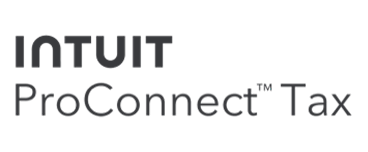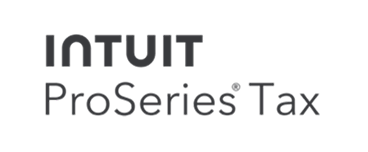
Why Every Business Needs a Disaster Recovery Plan (DRP) & How to Write One
If you don’t have a disaster recovery plan (DRP), it may take you a while to figure out what’s next after a disaster disrupts your business operations. And the longer it takes you to get back to business, the more negative impacts you’ll see.
What is a Disaster Recovery Plan (DRP) for Businesses?
A DRP is your blueprint for responding to unplanned events. It covers response to weather-related disasters—a flood, tornado, hurricane, fire, wildfire, etc.—and things like cyberattacks, pandemics, power outages, and more.
Why Should You Create a Disaster Recovery Plan (DRP) for Your Business?
As the IRS says, “How quickly your company can get back to business after a disaster often depends on emergency planning done today.” The sooner you recover from an event, the less impact it will have on your business and the more likely your business will survive.
Businesses without DRPs waste time trying to figure out the best path forward. They also must make quick decisions because you typically don’t have time to thoroughly think through each option when you’re facing an emergency.
The time to plan is well before an emergency or unplanned event strikes.
What is Included in a Disaster Recovery Plan (DRP)?
You must consider everything from how you’ll communicate with employees and clients to data backup and recovery.
- Communication: Decide what channel you’ll use to communicate—will it be over text, email, phone call, or a mix of everything? Make sure you have employee and client contact information stored securely in the cloud, so you don’t lose it in the disaster.
- Business Operations: Ensure your team has systems and processes that support working remotely until it’s safe to return to the office. This includes giving employees laptops, using cloud-based systems that can be accessed from anywhere, and creating a communication channel—through something like Slack or Microsoft Teams—so employees can quickly communicate with one another.
- Data Backup and Recovery: You’ll need what’s called a data map. This critical document lists all the systems you use, what information is stored on them, and who can access each system. Make sure that all your data is backed up so that you can still access it if you lose your local files or your computer.
Download this free checklist to get started on your DRP!
Make Recovery Easier by Working in the Cloud
Losing data is a big deal. You can eliminate that risk by using a cloud-based document management system for businesses. When everything is stored securely in the cloud, you can access it from wherever you’re located and from any web-enabled device. It’s also backed up automatically.
Built with bank-level security, SmartVault is the most secure way to store and share your documents. Schedule a 15-minute demo to see why over two million people trust SmartVault with their data.






